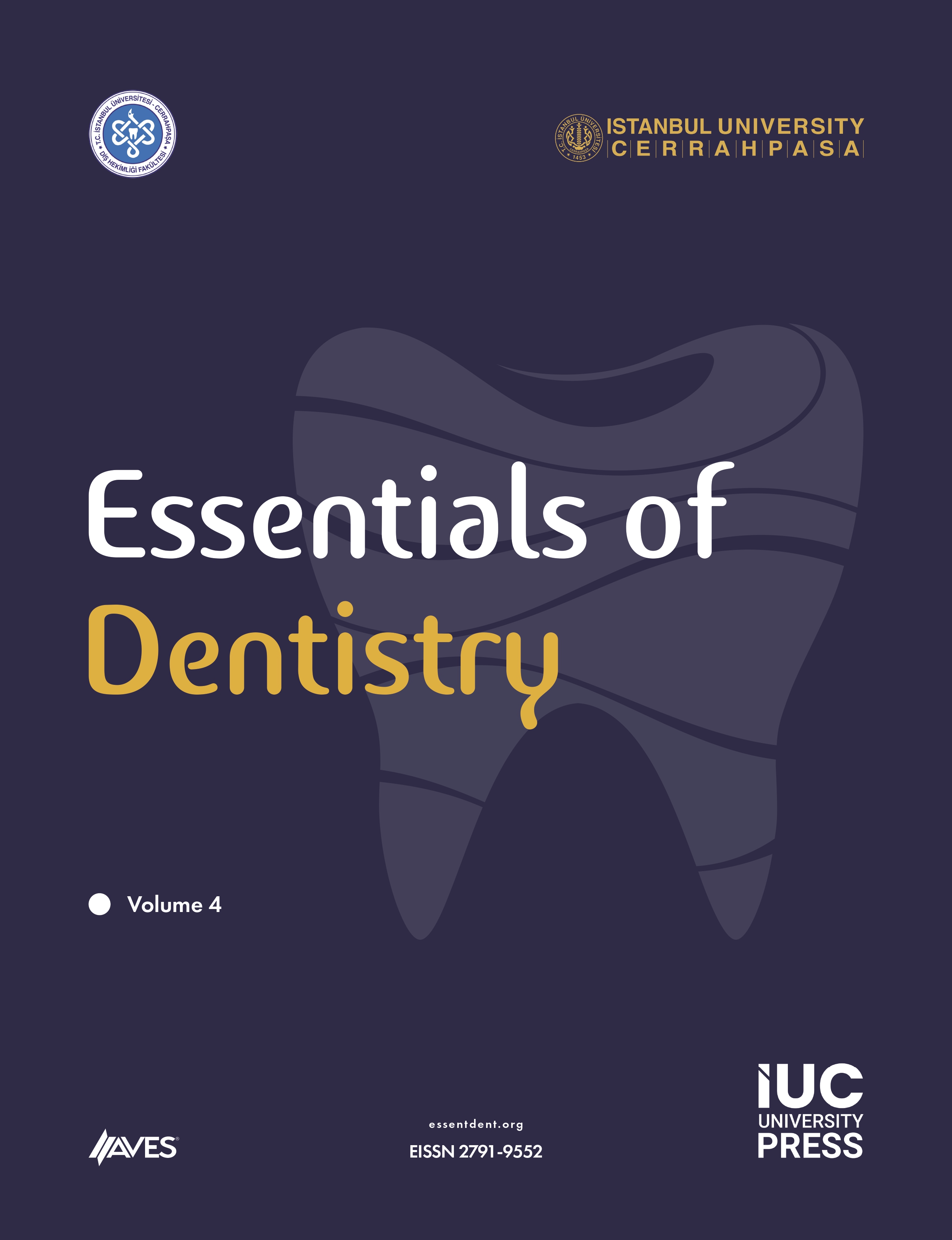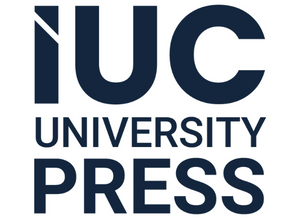Background: In screw-retained implant-supported prostheses, restorative materials seal screw access holes, requiring mechanical stability and aesthetic integration. Their effectiveness depends on surface properties, influenced by polishing techniques, which impact clinical success. However, limited research has examined how different polishing protocols affect their optical and mechanical properties. This study evaluated the color change, surface roughness, and hardness of resin-based restorative materials after one-step, two-step, and multi-step polishing.
Methods: Ninety disk-shaped specimens (10 × 2 mm) were prepared from Stark Bulk Fill Composite (SBF), Zenchroma One Shade Universal Composite (ZOS), and Ruby CompNano Composite (RCN) materials. The specimens were divided into 3 subgroups based on polishing techniques (n=10): Group 1, one-step polishing; Group 2, two-step polishing; and Group 3, multi-step polishing. Initial color, translucency, hardness, and roughness measurements were conducted, followed by repeat measurements. Data were analyzed using two-way ANOVA with a significance level of P < .05.
Results: Ruby CompNano exhibited the highest color stability among the tested materials, while one-step polishing resulted in more discoloration. Translucency values were unaffected by the materials and polishing procedures but decreased after coffee immersion. Multi-step polishing produced the smoothest surfaces, whereas surface roughness increased in the one- and two-step groups. Hardness values decreased across all groups after immersion, except for the OneShade Universal Composite, where multi-step polishing maintained hardness.
Conclusion: Multi-step polishing techniques were found to be more effective in minimizing surface roughness and preserving color stability and hardness, with the Ruby CompNano composite being the material with the highest color stability.
Cite this article as: Tosun B, Uysal N, Yanıkoğlu N. Evaluation of the effects of different polishing techniques on the optical and mechanical properties of resin-based restorative materials. Essent Dent. 2025; 4, 0016, doi: 10.5152/EssentDent.2025.25016.






